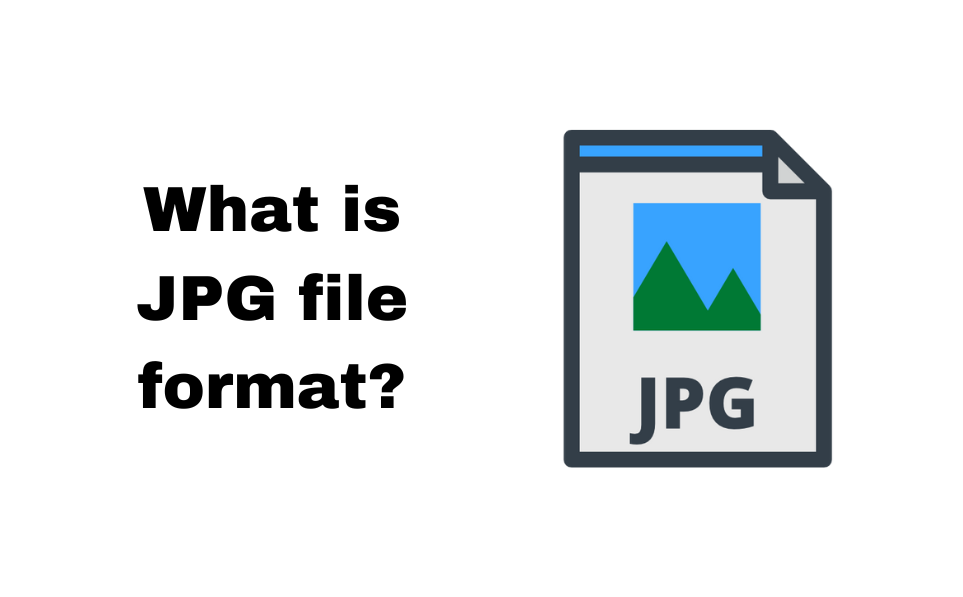JPG files are a common file format used for digital photos and various other digital graphics. JPG is derived from ‘Joint Photographic Experts Group’, which is the name of the committee that developed this particular file type. Thanks to its effective compression technique, JPG is the most widely used file format for photos and other graphics used on websites.
The file extensions that are typically used for this format are .JPG, .JPG, .JPE or .JFIF, although .JPG is the most commonly used format on all platforms.
One of the reasons behind the huge popularity of the JPG image file format is that it offers an amazingly effective compression technique for color images. Unlike some of the other popularly used file types, which show considerable loss in photo image quality with the slightest reduction of file size, JPG allows for a significant degree of file size reduction without too much loss of image quality. Using JPG, images can be compressed to almost about 5% of their original size, which is impossible in most other formats.
As file sizes start to get very low however, JPG images will become blurry. This is called “lossy” compression, which essentially refers to the loss of image quality as file size decreases. In lossy compression, the smaller sizes are essentially achieved by removing increasing amounts of color information from the pixels. The result is a noticeable pattern, known as JPG artifacts that become more visible as the image quality settings are reduced.
When saving photos and other images as JPG files for the web, email and any other purpose, you will have to make a call on the tradeoff between file size and image quality. The good news is the degree of compression can be adjusted to a certain extent, allowing users a selectable tradeoff between image quality and storage size. At the highest quality setting of 12, which is minimum compression, the loss of image detail can be virtually indiscernible but as the quality slides down the scale the loss of detail soon becomes increasingly more noticeable. An image with a JPG compression quality of 6 will start to show a sub pattern of blocks of pixels. An image with a JPG quality 3 will have more noticeable blocking of pixels. When the JPG quality gets as low as 0 the pixels will begin to resemble the patter of a parque floor.
While the JPG format is commonly used for storing and transmitting pictures and images on the World Wide Web, it is not the best choice of format for line drawings or any other textual graphics. This is because its compression technique does not perform as well on these types of images. When compressing such images, the sharp contrasts between adjoining pixels can cause distinctive, easily visible artifacts, which reduce image clarity. For saving these types of images, it is advisable to use one of the lossless graphics format.
Another scenario when JPG should not be used is where the exact reproduction of the data is important, such as when working on certain technical image processing work or any scientific or medical imaging applications. The lossy compression could jeopardize these kinds of applications with their compromised image quality.
JPG is also not well suited to files that need to go through several edits before they will be used. Every time the image is decompressed and recompressed, some degree of image quality will usually be lost. This can be particularly prominent if the image is shifted or cropped, or if encoding parameters are changed. To prevent this from happening, when you receive any JPG file that is being modified or is likely to be modified in the future, the first to do is to save it in a lossless format such as TIFF with no compression and export a copy as JPG for editing.
Advantages of JPG
The JPG file format has been around for a long time and is almost universal today, which means JPG files can be opened and viewed in almost all image viewing applications.
JPG is compatible with all printers, so you can print files directly from the viewing application without the need to make any changes to its format.
The JPG format is also compatible with almost all photo editing software, though the files often need to be saved to another format to save the alterations.
JPG is often set as the default file format for digital cameras to enable them to take pictures quickly
Cameras and other devices store JPG images very quickly. This feature makes it possible for you to capture fast moving action clearly with a JPG image.
JPG files are compressed, which means a JPG image will be smaller than pictures taken in another format, making them easier to store and more convenient to email.
All of these advantages have made JPG one of the preferred default file formats for images used on the internet.

